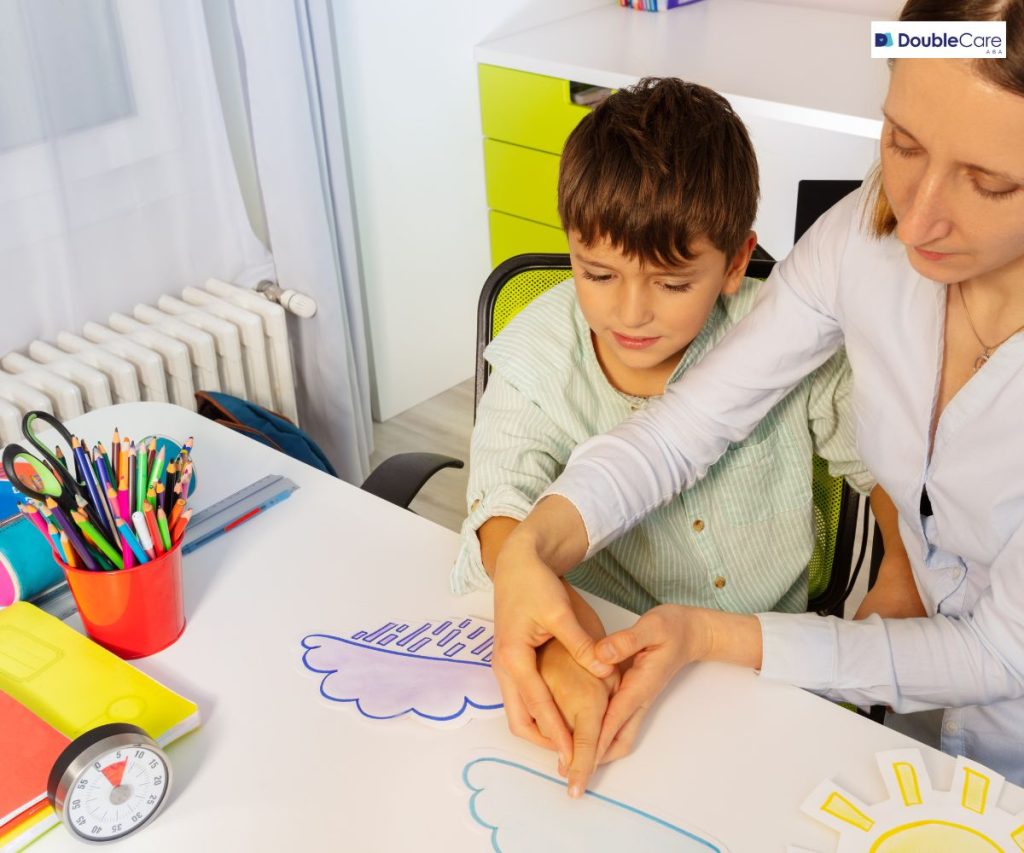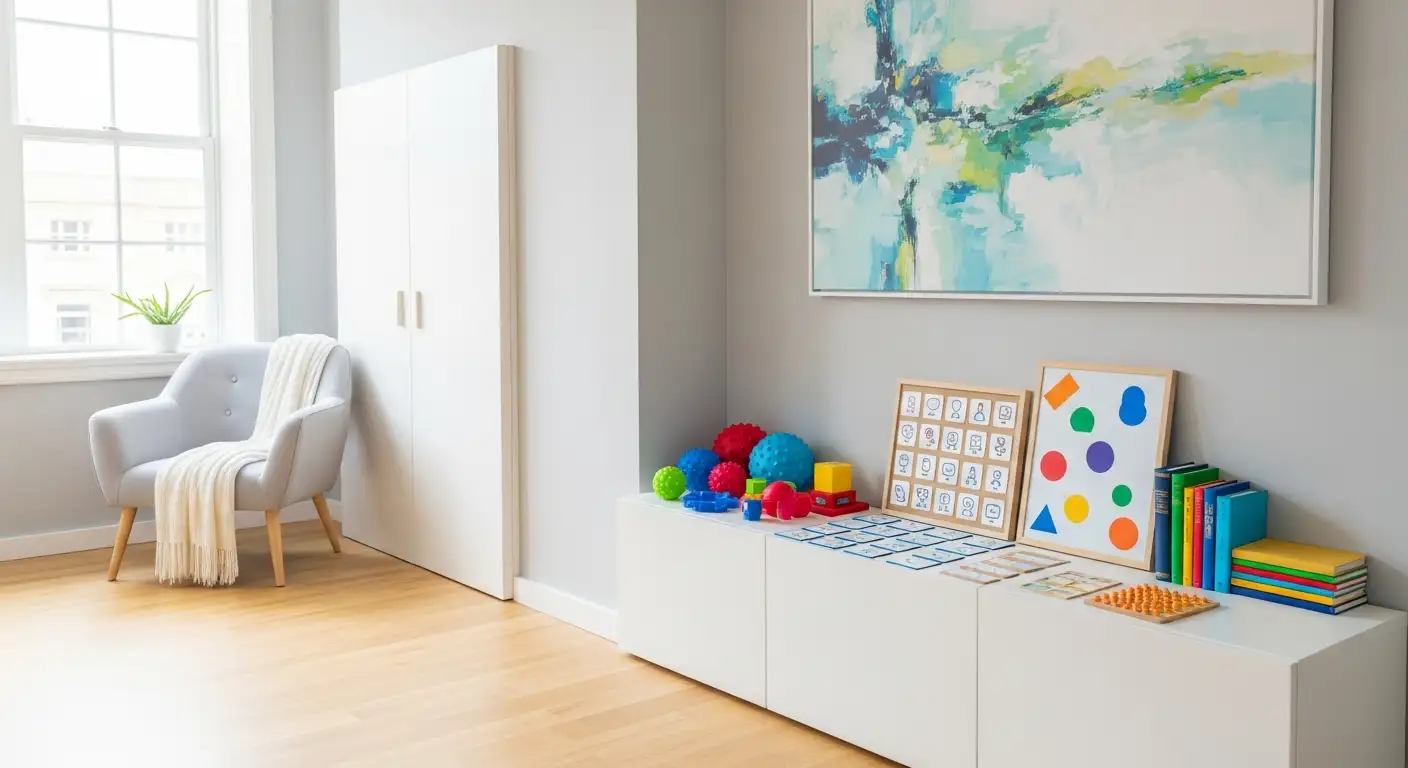Applied Behavior Analysis (ABA) therapy has gained recognition for its effectiveness in promoting positive behavior changes, especially in home environments. This approach relies on scientifically-based strategies to improve individuals' behaviors, skills, and overall quality of life. By implementing ABA techniques at home, families can create a supportive atmosphere conducive to growth and development. In particular, ABA autism therapy in Lakewood, NJ, has become increasingly popular as families seek tailored interventions that address unique behavioral challenges and foster meaningful progress.
Understanding ABA Therapy
At its core, ABA therapy involves analyzing behaviors and understanding the factors that influence them. This analysis allows practitioners to design targeted interventions that reinforce desired behaviors while reducing those that are less desirable. ABA is not a one-size-fits-all approach; instead, it is tailored to meet the unique needs of each individual.One of the critical components of ABA therapy is the principle of reinforcement. Reinforcement can be positive or negative; positive reinforcement involves adding a desirable stimulus to encourage a behavior, while negative reinforcement involves removing an unpleasant stimulus to promote a behavior. By understanding these principles, caregivers can effectively encourage positive behaviors at home.
The Importance of a Structured Environment
Creating a structured environment is essential when applying ABA techniques at home. A predictable routine helps individuals feel secure and understand expectations. The structure also makes it easier to implement interventions consistently. Here are some strategies to create an effective structure at home:Establish a Routine: Design daily schedules that include time for learning, play, and relaxation. Visual schedules can be particularly effective, allowing individuals to see what activities are coming next.Set Clear Expectations: Communicate rules and expectations using clear, concise language. When individuals understand what is expected of them, they are more likely to comply.Create Designated Spaces: Set up specific areas for different activities. For example, a quiet corner for reading or homework, a space for arts and crafts, and an area for physical activity can help individuals focus on their tasks.
Implementing Positive Reinforcement
Positive reinforcement is a powerful tool in promoting desired behaviors. Here are some tips for effectively incorporating positive reinforcement into your home environment:Identify Reinforcers: Understand what motivates the individual. Reinforcers can be tangible items, such as toys or snacks, or intangible rewards, like praise or extra playtime—tailor reinforcers to individual preferences for maximum effectiveness.Be Consistent: Consistency is critical when using positive reinforcement. Ensure that desired behaviors are consistently rewarded to strengthen their occurrence over time.Provide Immediate Feedback: Deliver reinforcement immediately after the desired behavior occurs. This helps individuals clearly connect their actions to the reward.Gradually Fade Reinforcement: Once a behavior is consistently demonstrated, gradually reduce the frequency of reinforcement. This encourages individuals to continue the behavior even without immediate rewards.

Addressing Challenging Behaviors
In addition to promoting positive behaviors, ABA therapy can be instrumental in addressing challenging behaviors. Understanding the underlying reasons for these behaviors is crucial. Challenging behaviors often serve a purpose, such as seeking attention or escaping a difficult situation. Here are some strategies for addressing these behaviors:Conduct Functional Assessments: Identify the function of challenging behaviors through direct observation and data collection. Understanding why a behavior occurs allows for more effective interventions.Teach Replacement Behaviors: Once the function of a challenging behavior is identified, teach an appropriate replacement behavior that serves the same purpose. For example, if a child engages in disruptive behavior to gain attention, teach them to ask for help instead.Implement Behavior Intervention Plans: Develop individualized behavior intervention plans that outline specific strategies for addressing challenging behaviors. These plans should include clear goals, data collection methods, and procedures for reinforcing replacement behaviors.Collaborate with Professionals: If challenging behaviors persist, consider consulting with a trained ABA therapist. They can provide additional insights and strategies tailored to your home environment.
Promoting Communication Skills
Effective communication is essential for fostering positive behavior changes. Many individuals benefit from targeted communication strategies, which can enhance their ability to express needs and feelings. Here are some ways to promote communication skills at home:Model Appropriate Communication: Demonstrate practical communication skills in everyday interactions. Use precise language, maintain eye contact, and encourage active listening.Use Visual Supports: Visual aids, such as picture exchange systems or communication boards, can help individuals express their needs and preferences. Visual supports provide additional clarity and enhance understanding.Encourage Social Interaction: Create opportunities for social interaction with peers and family members. Playdates, group activities, and family gatherings can help develop social skills and foster positive relationships.Celebrate Communication Successes: Acknowledge and celebrate improvements in communication skills. Reinforcement for successful communication encourages continued growth.
Involving the Whole Family
Fostering positive behavior changes at home requires the involvement of the entire family. Here are ways to engage family members in the process:Educate Family Members: Provide information and training on ABA principles and techniques to family members. When everyone is on the same page, consistency in implementing strategies is achieved.Encourage Collaboration: Involve family members in setting goals and identifying areas for improvement. Collaboration promotes a sense of ownership and investment in the process.Share Progress: Regularly communicate updates on progress and successes. Celebrating achievements, no matter how small, fosters a positive environment and encourages continued effort.Create a Support Network: Establish connections with other families who are implementing ABA strategies at home. Sharing experiences and insights can provide additional support and motivation.
Tracking Progress
Monitoring progress is an essential aspect of implementing ABA therapy at home. By collecting data on behaviors, families can assess the effectiveness of their strategies and make necessary adjustments. Here are some methods for tracking progress:Keep a Behavior Journal: Document occurrences of targeted behaviors, including frequency, intensity, and context. A behavior journal provides valuable insights into patterns and trends.Use Data Collection Tools: Utilize charts or apps designed for data collection in ABA therapy. These tools can help visualize progress and identify areas that may require additional focus.Review Goals Regularly: Regularly evaluate progress toward set goals. Based on data and observations, adjust interventions and strategies as needed.Communicate with Professionals: If working with an ABA therapist, maintain open communication about progress and challenges. Collaborative discussions can enhance strategies and support.
Conclusion
Implementing ABA therapy techniques at home provides families with a robust framework for fostering positive behavior changes. By creating a structured environment, using positive reinforcement, addressing challenging behaviors, promoting communication skills, involving the whole family, and tracking progress, families can support individual growth and development.ABA therapy empowers families to create nurturing and supportive environments, leading to lasting positive changes. With dedication and consistency, families can cultivate skills and behaviors that enhance the overall quality of life for individuals at home. The journey may require patience and persistence, but the rewards of fostering positive behavior changes are immeasurable. At Double Care ABA, we offer a one-of-a-kind program tailored specifically for children with autism. Our comprehensive, technology-driven approach focuses on the unique needs of each child to help them achieve remarkable success.
FAQs
What is ABA therapy?
ABA (Applied Behavior Analysis) therapy is a scientifically-based approach that uses behavioral principles to improve specific behaviors and skills. It involves analyzing behavior, understanding the factors influencing it, and implementing targeted interventions to promote positive changes.
How can ABA therapy benefit my family?
ABA therapy can enhance communication, social skills, and overall behavior in individuals. It helps create a structured environment, encourages positive behaviors, and addresses challenging behaviors, leading to improved relationships and a better quality of life for the entire family.
What are some key components of ABA therapy at home?
Key components include:
- Establishing a structured environment.
- Implementing positive reinforcement.
- Addressing challenging behaviors through functional assessments.
- Promoting communication skills.
- Involving the whole family in the process.
How can I create a structured environment at home?
To create a structured environment, establish a daily routine, set clear expectations, create designated spaces for different activities, and use visual schedules to help individuals understand their day.
What is positive reinforcement, and how can I use it?
Positive reinforcement involves rewarding desired behaviors to increase their occurrence. Verbal praise, tokens, or extra playtime can be rewards. Consistency and immediate feedback are crucial for effective reinforcement.
How do I address challenging behaviors using ABA?
Start by conducting functional assessments to identify the reasons behind challenging behaviors. Teach appropriate replacement behaviors and implement individualized behavior intervention plans. If necessary, consult with a trained ABA therapist for additional support.
How can I promote communication skills at home?
You can promote communication skills by modeling appropriate communication, using visual supports (like picture boards), encouraging social interaction, and celebrating communication successes to reinforce efforts.
What role does the family play in ABA therapy?
The entire family should be involved in the ABA process. Educating family members, encouraging collaboration, sharing progress, and creating a support network are essential for implementing ABA strategies effectively at home.
How do I track progress with ABA at home?
Monitor progress by keeping a behavior journal, using data collection tools or apps, regularly reviewing goals, and maintaining open communication with any ABA professionals involved in the process.
Can I implement ABA therapy without a trained professional?
While many ABA techniques can be implemented by family members, working with a trained ABA therapist can provide valuable insights and guidance. They can help create tailored interventions and support your family in the process.














